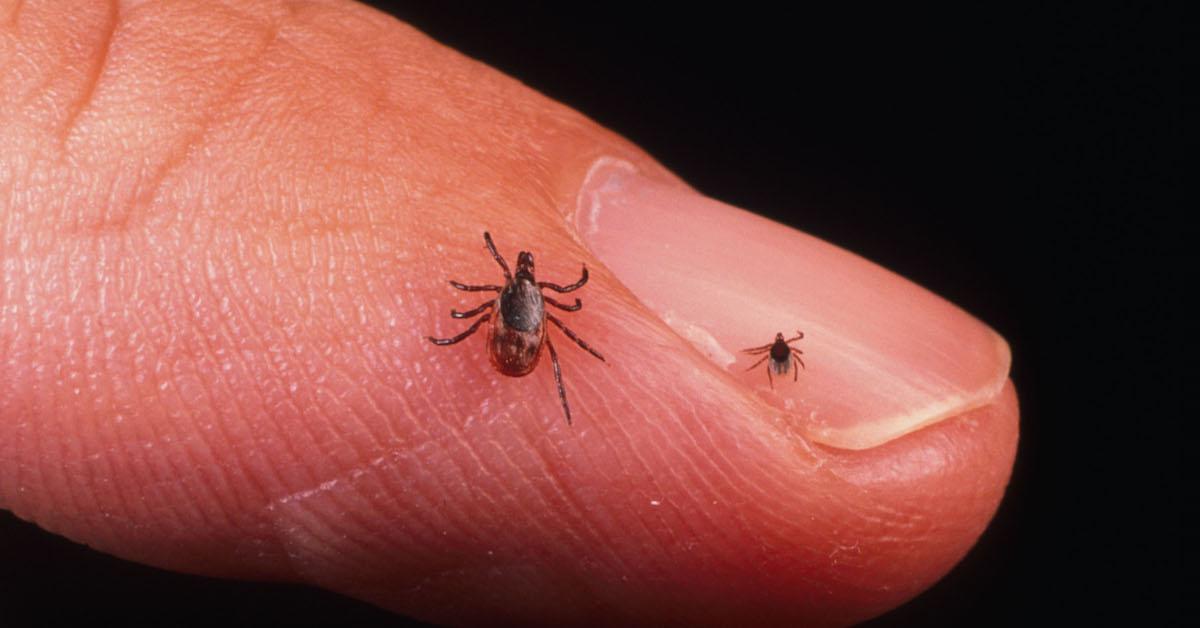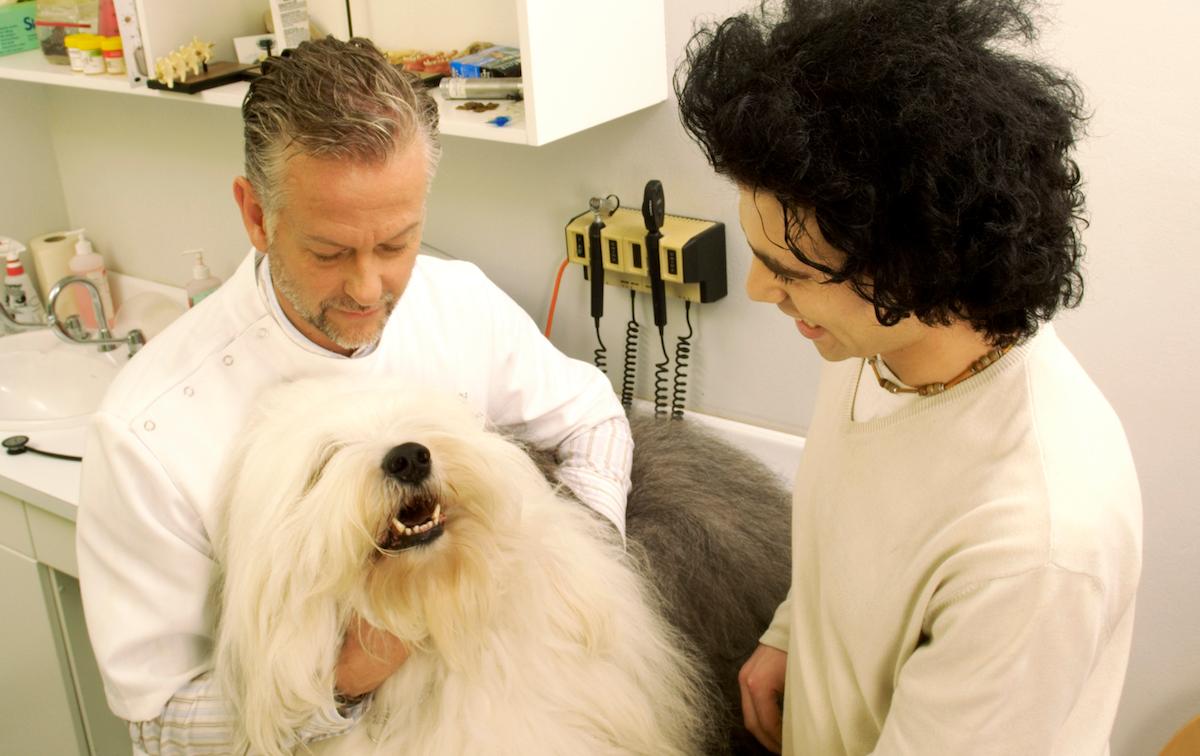Here's How to Get Ticks Off Your Dog, Safely
Updated May 3 2021, 4:25 p.m. ET

Ticks are nasty little arachnids that feed on the blood of other mammals. They climb into their fur and latch themselves onto their skin, often carrying Lyme disease and other pathogens that make them less-than-ideal travel companions for your family pup. Picking them off isn’t always easy, but once you know how to safely remove a tick from your dog, you’ll be able to do it swiftly, whenever you catch them hitching a ride.

Here's how pet-owners should remove ticks from their dogs:
According to the American Kennel Club (AKC), the best way to remove a tick from a dog is to use a special pair of fine-tipped tweezers. Ticks are small — most are no bigger than the head of a pencil — so regular tweezers might be too blunt to properly get ahold of one. Fine point tweezers will also help you avoid accidentally tearing the tick in half.
Once you’ve secured special tweezers, spread your dog’s fur until you locate the offending arachnid. You may want to have someone else hold the dog before attempting this process as they might be tempted to move around during the process. Using the tweezers, carefully grasp the tick as close to the dog’s skin as you can. Steady your grip and slowly pull upward.
Make sure you’re gentle, and don’t squeeze too hard — you don’t want to break or rupture the tick. The tick’s mouthparts are likely still embedded in the dog’s skin at this point, so pulling too hard might cause the “head” to remain inside while the rest of the parasite is pulled away. Squeezing too hard can cause the tick to regurgitate infectious material back into the wound.
Once the tick is free, dispose of it and clean the bite area with rubbing alcohol. Remember to wash your hands and the tweezers. If you'd like to venture outside of tweezers, tick removal hooks like the Tick Twister are easy to master and highly effective at removing ticks. If you live in an area that is known for ticks, it might be a good investment. To use a tick hook, place the prongs on either side of the tick and just twist upward.

Why are ticks dangerous to dogs?
Ticks are considered hematophagous, which means they feed exclusively on the blood of other animals and need it to survive. Blood can carry all sorts of dangerous diseases and pathogens, which can transfer from host to host to feed. This is the same logic that makes mosquitoes the most dangerous animal in the world, according to the CDC. It also makes ticks particularly dangerous to any animal they happen to feed upon.
Like humans, according to Pets and Parasites, dogs are susceptible to Lyme disease, Rocky Mountain spotted fever, Ehrlichiosis, and Anaplasmosis. Both Lyme disease and Rocky Mountain spotted fever can cause arthritis, swelling of the joints, fever, and eventual lameness in dogs. The toxic saliva of some female ticks has also been known to cause a rare type of paralysis in dogs. If enough ticks feed on a dog’s blood, that dog can even develop anemia.

How to prevent ticks on my dog:
The Global Lyme Alliance advises dog owners to be cautious about where they let their dogs roam — wooded areas, fields of tall grass, and even piles of leaves can be perfect hiding places for hungry ticks. Homeowners with pets should rake leaves into bags for disposal or keep them away from shaded areas. Grass should be mowed and edged properly.
Other preventative measures include flea and tick collars and topical, spot-on treatments like Frontline. Always check with your veterinarian first before using any such medicated products on your pet. The best prevention is just to be vigilant. If your dog likes to be outside, a tick is likely to happen now and again — you just have to be prepared for that, and equipped to remove the tick when the time comes.